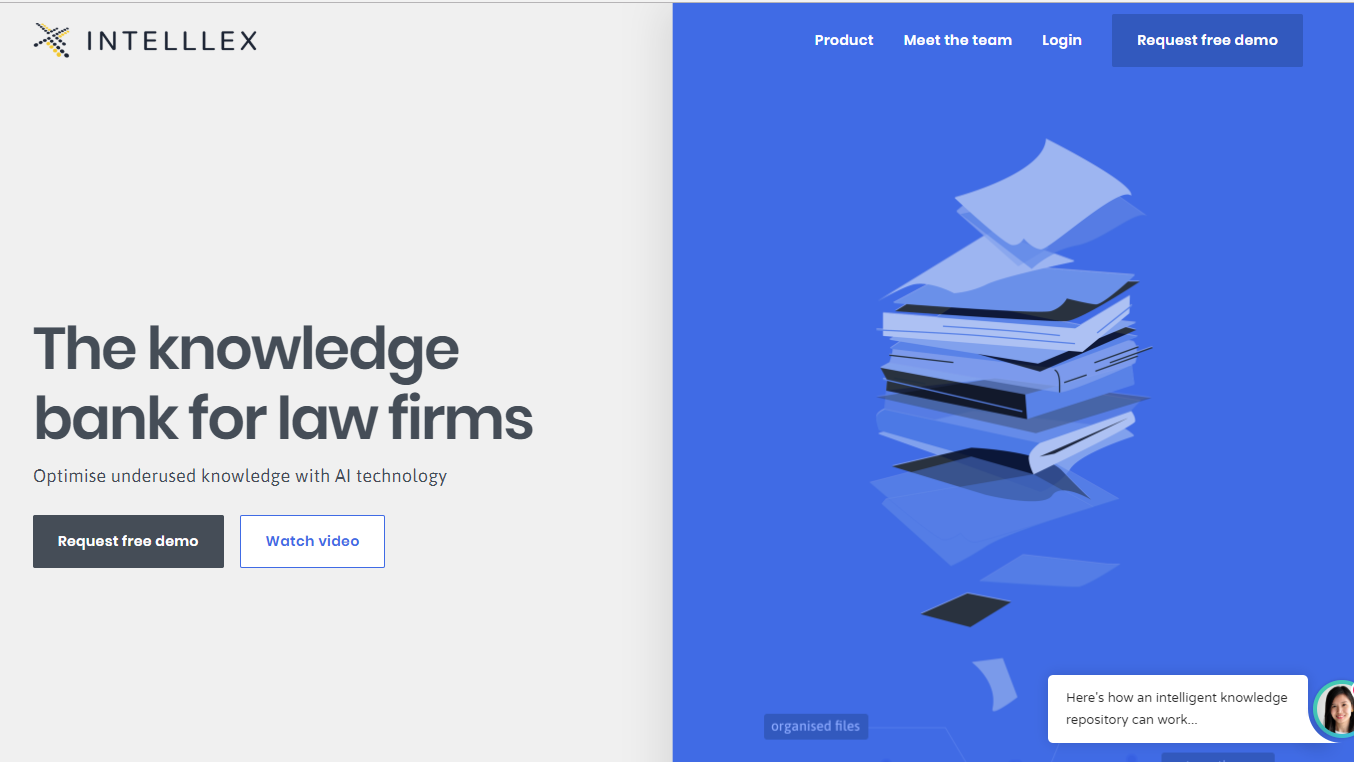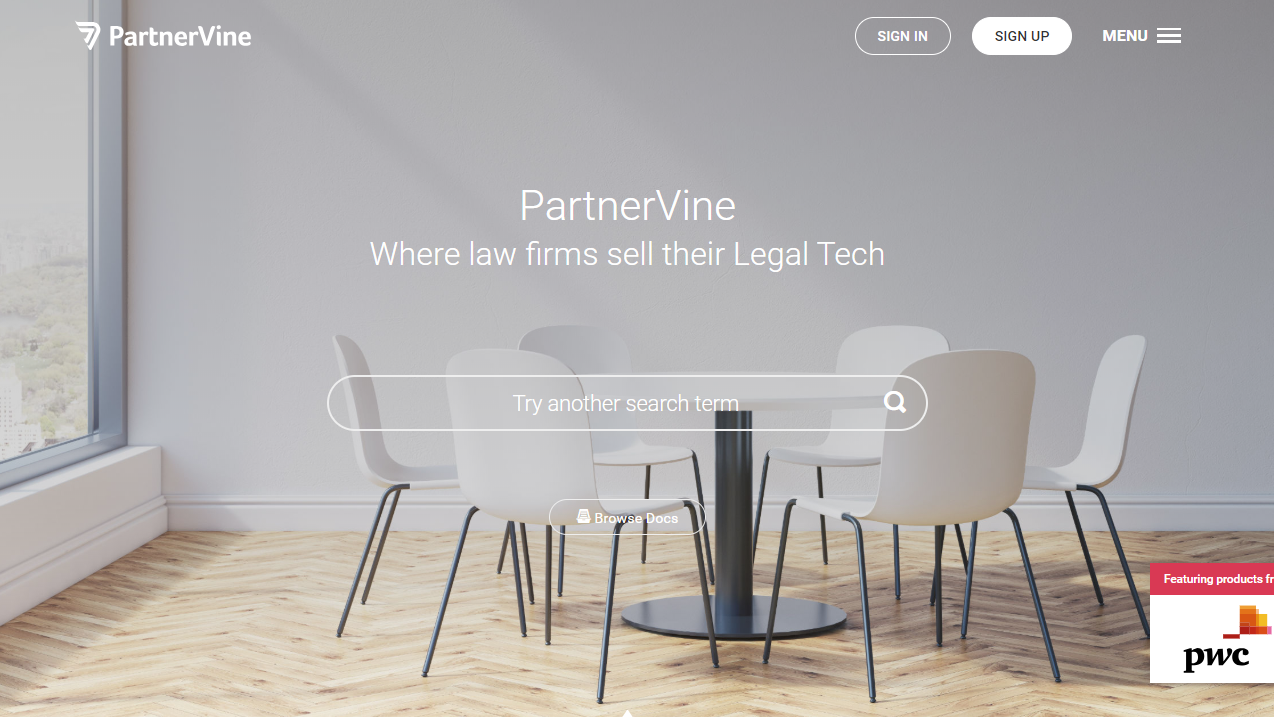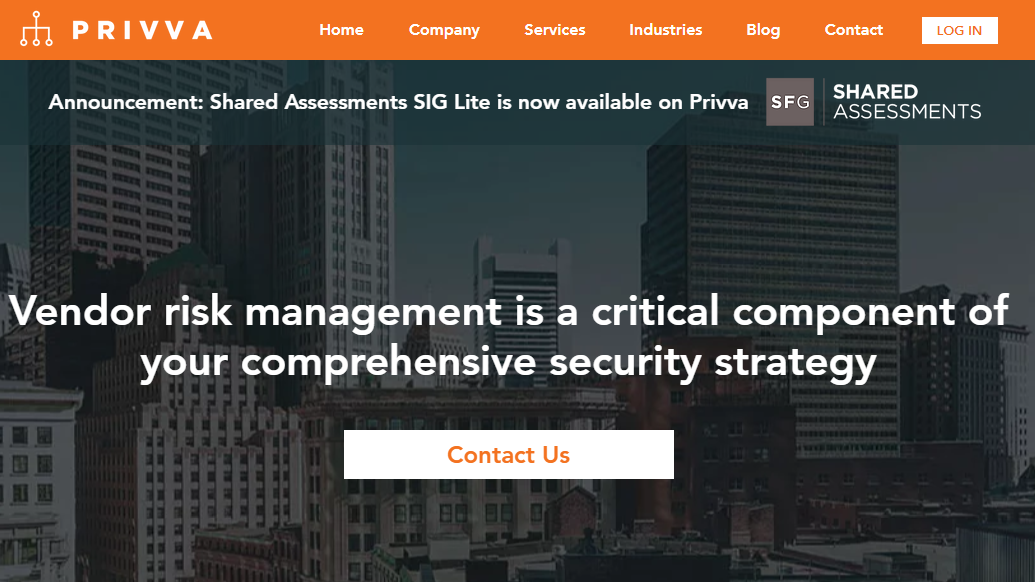Last week, I attended ILTACON, the annual meeting of the International Legal Technology Association. Here is Part 1 of a roundup of some of the legal technology companies and news I saw there. I’ll be writing this roundup over four installments, so watch for Part 2 tomorrow.
It is unfortunate for those of us in the United States that this Singapore-based legal technology startup is, for now at least, focused only on commonwealth jurisdictions. At ILTACON, I met with founders Chang Zi Qian and Ellery Sutanto, whose product is part legal research platform, part knowledge management platform, and all driven by artificial intelligence, with the idea of bringing everything a lawyer needs together in a single platform.
The platform organizes both external research sources and a firm’s internal documents into a common taxonomy. Categorization of your documents is done automatically as you upload them, using AI to identify the area of law and document type. The more you use it, the better it gets at categorizing your documents, the founders say. (You can also categorize documents manually, of course.)
As you perform research, you organize the results into stacks. These become your own knowledge library that you can return to with future research projects on similar topics. You can also share these stacks and documents within them with others in your firm.
The overall goal is to allow firms to create an institutional knowledge bank that is intuitive, exists outside a document management system, and integrates both external and internal knowledge.
PartnerVine is essentially a marketplace for law firms to sell their legal documents. The focus is on larger firms selling sophisticated legal documents to corporate counsel and smaller firms. It currently operates in beta only in Switzerland, where its biggest suppliers of documents are PricewaterhouseCoopers AG and Meyerlustenberger Lachenal Ltd., but it is seeking supplier deals with U.S. and UK firms that will allow it to expand to those countries.
Users can search or browse for documents. Each document page identifies the source of the document and the price of the document. An author’s note describes the document in detail. Some documents are sold individually, others as packages with all the documents needed for a particular transaction (for example, a bulk transfer of assets). Law firms set their own prices for documents and PartnerVine takes a percentage of each sale. Forms can be completed by following questionnaires on the platform, and for multiple-form packages, information need be entered only once.
For corporate counsel, the selling point is that they get quality legal documents created by reputable law firms without having to retain outside counsel. If, after reviewing documents purchased through PartnerVine, the customer wants further legal advice, PartnerVine connects the customer to the firm that created the document for a quote.
For the supplier firms, they essentially generate passive income from forms they’ve already created, and they have the potential to establish new client relationships with customers who buy their forms and seek further legal advice.
Best known for Best Authority — a Microsoft Word add-in that automatically finds and marks all the legal citations in a brief and generates a table of authorities — Levit & James rolled out a new product at ILTACON, HyperCase Weblinks. Vice President Ian Levitt told me that this tool makes it easy to insert hyperlinks into a document with one click. Levitt also gave me a preview of a related product rolling out next year, HyperCase Publishing.
Unlike other products that insert hyperlinks into briefs, HyperCase Weblinks is unique in that it works with any web-based source, including any legal research service and PACER. It works easiest with the research platforms Fastcase and Casemaker, thanks to arrangements the company made with them, but is not limited to those services.
Another nice feature of this is that the document is never uploaded to the Internet for the links to be inserted. It all happens on the desktop, improving security. Also, it creates an inventory of all references in a document so you can see which ones lack links.
The product is so far in beta testing with selected customers and will be available for purchase in the first quarter of 2019.
The second product, HyperCase Publishing, due out next year, takes that a step further. It will create an archival copy of your document that not only contains the hyperlinks, but that attaches copies of everything you cite. This is both a courtesy to the judges or others who will be reading your document, and it also is protection against link rot. This archival version of your document will be available in either PDF/A or e-book format.
Privva provides risk-management technology to law firms, academic institutions and healthcare technology companies. It is a one-stop shop for all things security assessment, its CEO Ishan Girdhar told me during our briefing, helping law firms prepare and respond to security assessments.
It’s key products are its Vendor Security Assessment, which offers centralized security questionnaires, risk ratings and response scoring, and which he says can reduce vendor-assessment time by 75 percent; and AutoAssess, launched last November, which uses machine learning to automate the preparation of responses to client security assessments, which he says can save law firms more than 90 percent of they time they would spend completing assessments.
Privva recently collaborated with the law firm Nelson Mullins to create a client-facing HIPAA Risk and Compliance product developed on the Privva platform. The company also recently introduced SIG (Standardized Information Gathering) and SIG Lite questionnaire templates for clients to create tailored security assessment questionnaires.
 Robert Ambrogi Blog
Robert Ambrogi Blog


